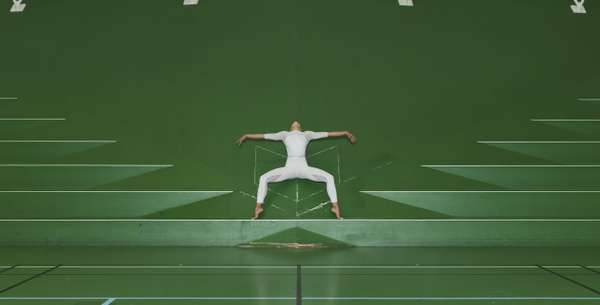Idea by
Anja Humljan
The Urban Yoga Platform
Call for ideas 2017
The Human Scanners
The Human Scanners
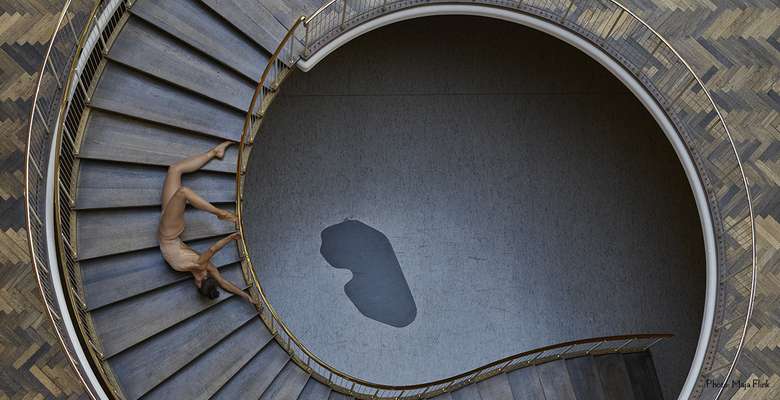
The Human Scanners are using the contemplation of space through the human body in exploring architecture to pose fundamental questions about the design and organisation of space. We seek a new, engaged role for architecture as a pragmatic, intellectual discipline, whose primary function is not just to provide shape, but to interpret the fundamental laws that govern dynamic reality.
We dismantle our body in sensory units and connect to space through individual senses. We put them back together and expose ourselves to the city with the newly established spatial awareness. This embodied knowledge integrates qualities, which cannot be found on any map or a plan.
The Human Scanners show broad and deep understanding that the complexity of issues in future architecture mandate an approach that transcends the theoretic and academic with a significant, tangible act within space, and that the solution to all architectural problems is not necessarily to be found in a new building.
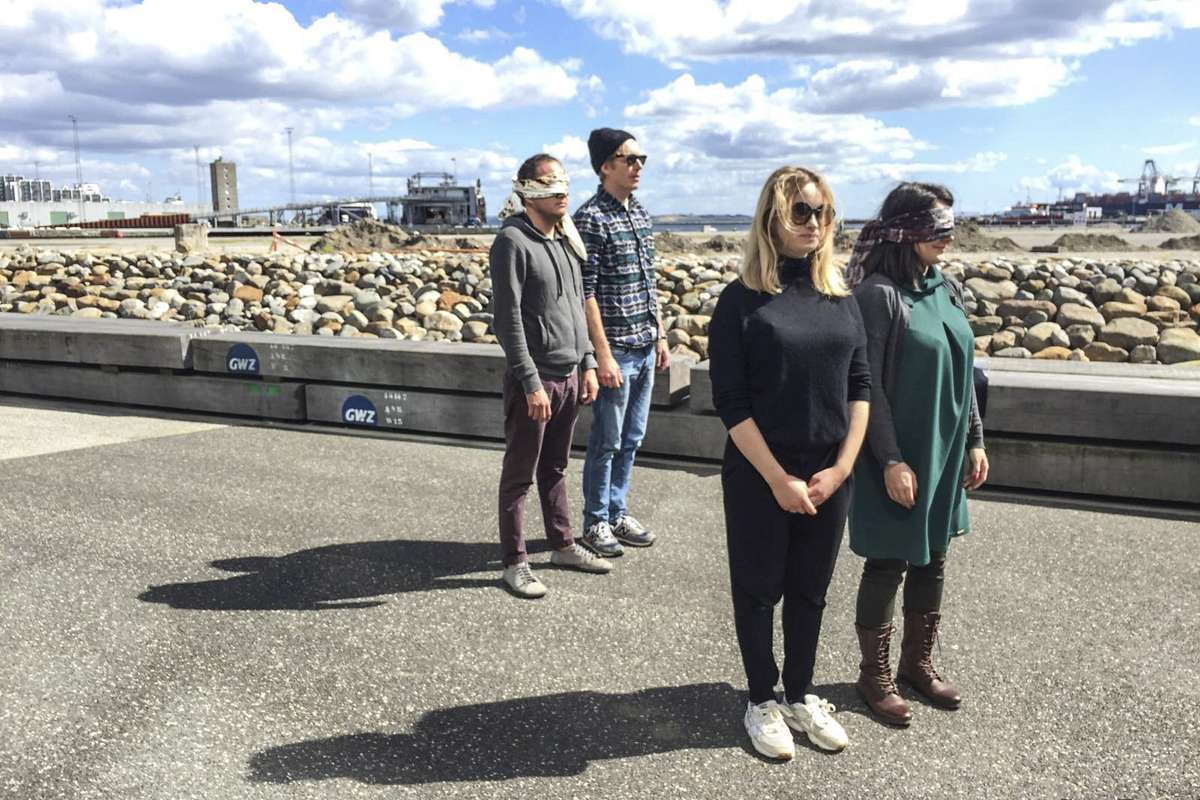
In the latent phase as documented in this photo, we connect to space with everything that defines us, developing our spatial sensuousness. The video above documents the active phase - the students experimenting with the hearing separation machine: "By separating your hearing from the body it makes you into an active observer of the complex interaction btw. an individual and soundscape."
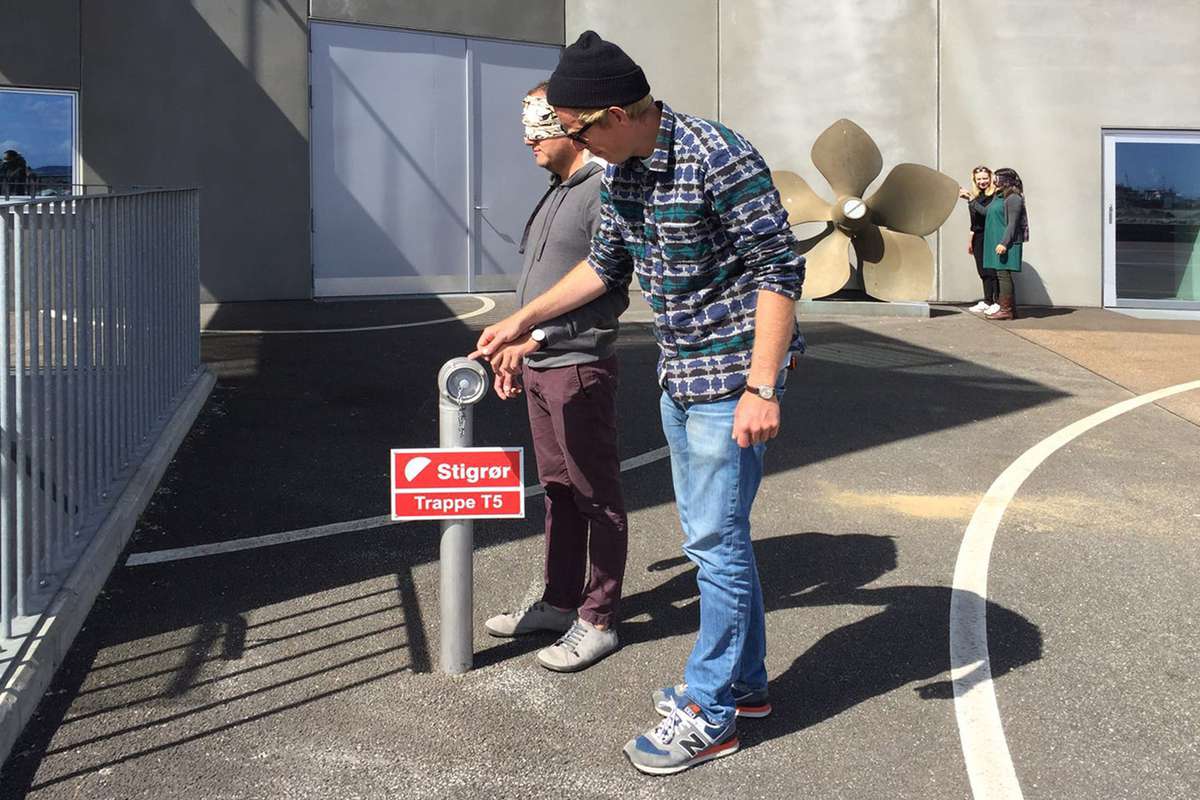
Dismantling our bodies into sensory units: Connecting to space through touch, smell, taste, sight and hearing. (Latent phase)

Putting the sensory units back together: Unlocking the power of architecture, releasing the potential within us. (Latent phase)
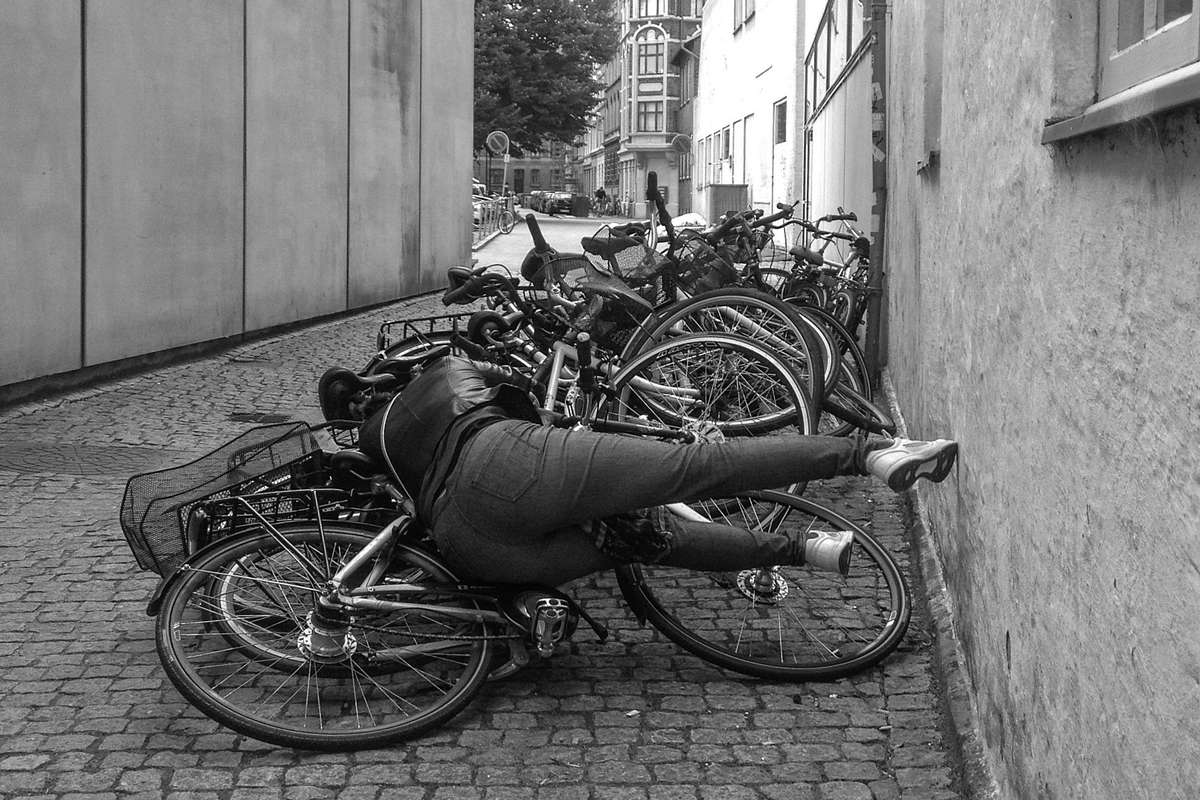
Putting the sensory units back together: connecting to space with the newly established spatial awareness. (Latent phase)

What can we as a group agree to agree upon architecture and space? Presenting experiments and findings. Only an expressive work can become universal, because it is individual. (Summary)
The Human Scanners
The Human Scanners

The Human Scanners are using the contemplation of space through the human body in exploring architecture to pose fundamental questions about the design and organisation of space. We seek a new, engaged role for architecture as a pragmatic, intellectual discipline, whose primary function is not just to provide shape, but to interpret the fundamental laws that govern dynamic reality.
We dismantle our body in sensory units and connect to space through individual senses. We put them back together and expose ourselves to the city with the newly established spatial awareness. This embodied knowledge integrates qualities, which cannot be found on any map or a plan.
The Human Scanners show broad and deep understanding that the complexity of issues in future architecture mandate an approach that transcends the theoretic and academic with a significant, tangible act within space, and that the solution to all architectural problems is not necessarily to be found in a new building.
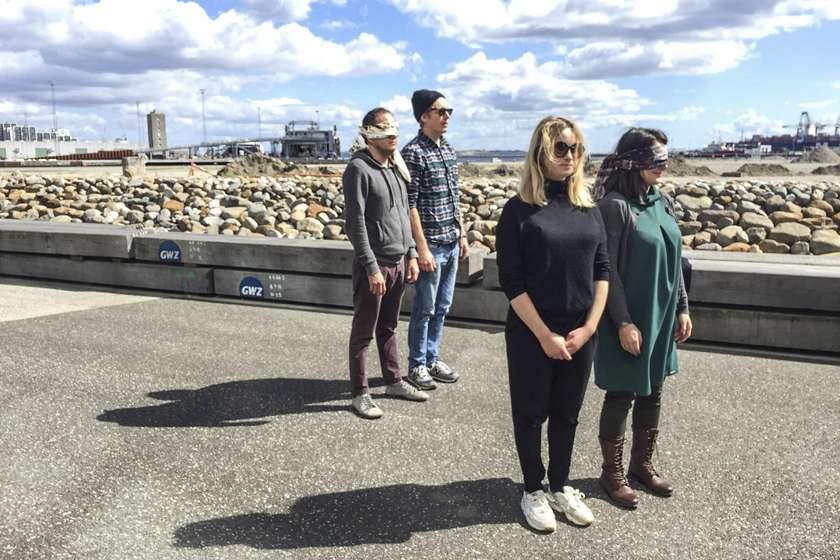
In the latent phase as documented in this photo, we connect to space with everything that defines us, developing our spatial sensuousness. The video above documents the active phase - the students experimenting with the hearing separation machine: "By separating your hearing from the body it makes you into an active observer of the complex interaction btw. an individual and soundscape."
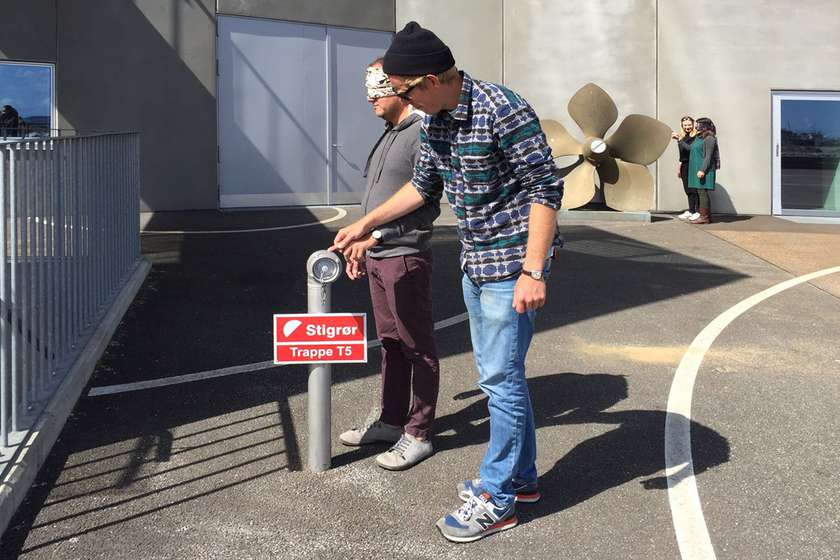
Dismantling our bodies into sensory units: Connecting to space through touch, smell, taste, sight and hearing. (Latent phase)
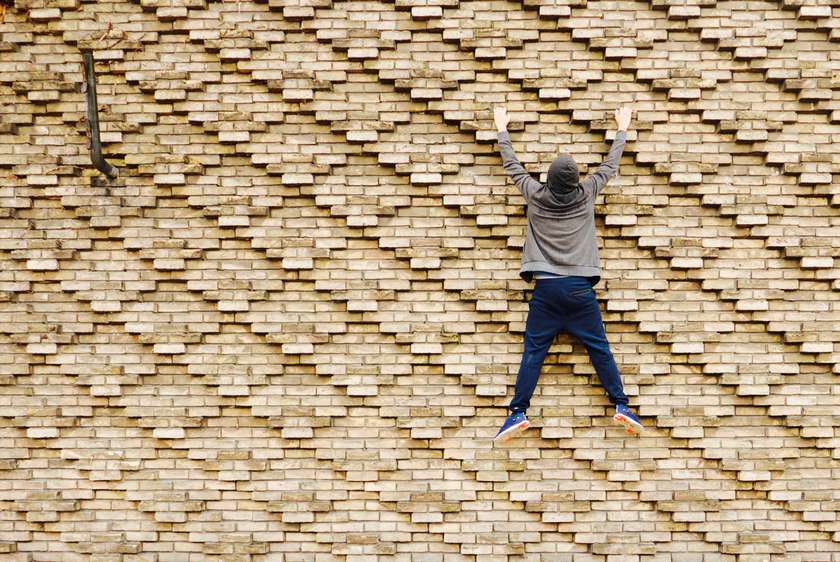
Putting the sensory units back together: Unlocking the power of architecture, releasing the potential within us. (Latent phase)
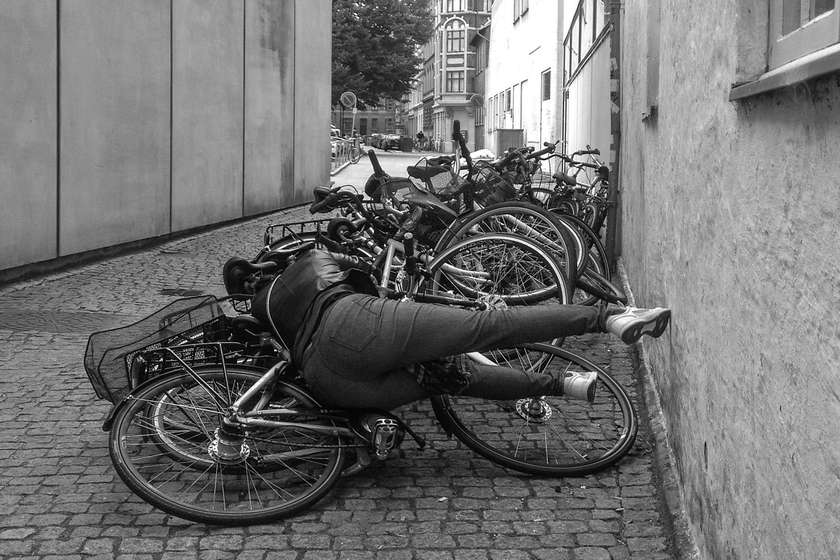
Putting the sensory units back together: connecting to space with the newly established spatial awareness. (Latent phase)

What can we as a group agree to agree upon architecture and space? Presenting experiments and findings. Only an expressive work can become universal, because it is individual. (Summary)

